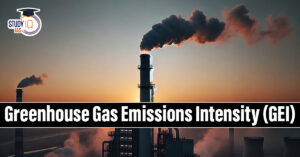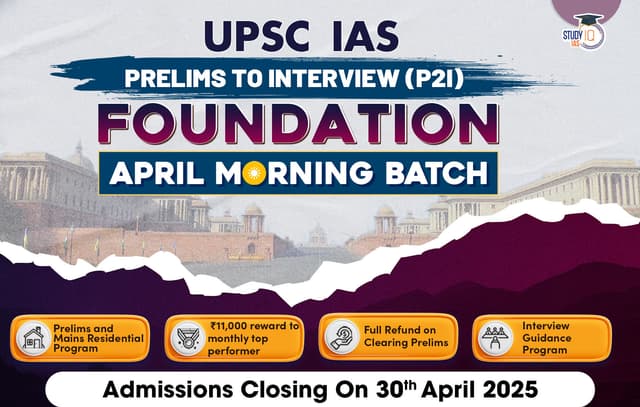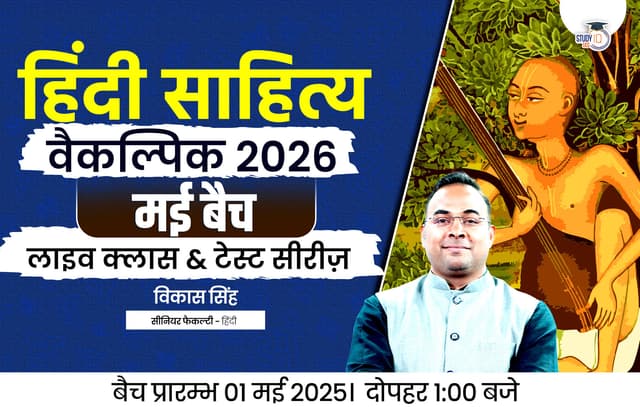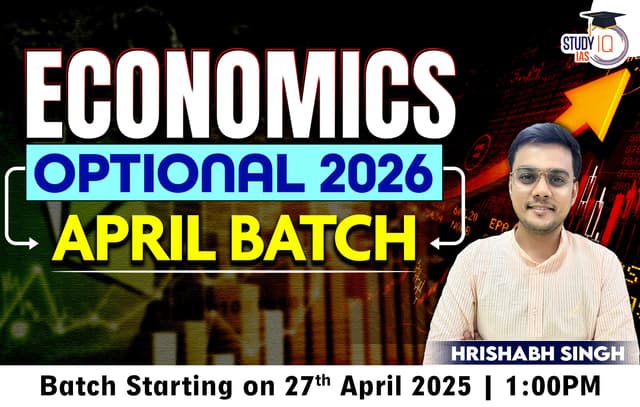Table of Contents
Key Developments Affecting Emission Targets
- Carbon Border Adjustment Mechanism (CBAM): The European Union’s CBAM is set to take effect in 2026.
- It will impose customs duties on imports unless exporting countries raise their carbon taxes to match EU levels.
- This mechanism is expected to exert significant pressure on countries like India and China to accelerate their transition towards cleaner energy sources.
- Pressure for Peaking Emissions: The G-7 Summit in Hiroshima and Apulia has urged major economies to commit to peaking emissions by 2025, referencing both China and India.
- The urgency is compounded by the potential return of a Trump administration, which may withdraw the U.S. from climate agreements, complicating global efforts.
India’s Current Status
- India’s per capita electricity consumption is one-third of the global average.
- India’s share of nuclear energy in electricity generation is just 3%.
- India has committed to achieving net-zero emissions by 2070, as stated at COP26 in Glasgow.
| Global Efforts |
|
What are India’s Development Roadblocks?
Energy Demand: Growing electrification across sectors (e.g., transport, industry) will significantly increase demand.
- Eg., The Vivekananda International Foundation (VIF) Task Force estimates that India will require a minimum of 21,000 Terawatt hours (TWh) of electricity by 2070.
| Nuclear vs. Renewable Energy |
|
- The International Energy Agency (IEA) projects India’s energy demand pegged at 3,400 TWh by 2040, significantly lower than NITI Aayog’s 6,200 TWh in 2020.
- Unrealistic projections could lead to energy deficits and slow growth.
- Technological Constraints: Reliance on emerging technologies like hydrogen and small modular reactors, which are not yet commercially viable.
- Financial Burden: The transition to clean energy requires $15.5 trillion (renewable-heavy) or $11.2 trillion (nuclear-heavy) by 2070. Current international climate financing commitments fall short.
- This results in underutilisation of renewable energy and nuclear power compared to their potential.
- Land and Resource Limitations: Renewable energy expansion requires 4,12,033 sq. km, far exceeding India’s surplus land of 2,00,000 sq. km.
- DISCOM Health: Poor financial health of electricity distribution companies (DISCOMs) hinders investments in clean energy.
Recommendations for India
- Ramp Up Nuclear Energy:
- Public-private partnerships for scaling 700 MW–1,000 MW reactors.
- Recognize nuclear energy as green energy to attract more financing.
- Strengthen Renewables with Storage: Develop advanced storage solutions to overcome intermittency challenges of renewables.
- Policy Reforms:
- Improve DISCOM’s financial health through better tariffs and governance.
- Build public and political consensus on tariff hikes to fund the energy transition.
- Enhance International Collaboration:
- Engage in joint ventures for nuclear and renewable energy projects.
- Negotiate for equitable access to international climate finance and carbon space.


 Asola Bhati Wildlife Sanctuary, Location...
Asola Bhati Wildlife Sanctuary, Location...
 Greenhouse Gas Emissions Intensity (GEI)...
Greenhouse Gas Emissions Intensity (GEI)...
 Red-crowned Roofed Turtles: Characterist...
Red-crowned Roofed Turtles: Characterist...





















